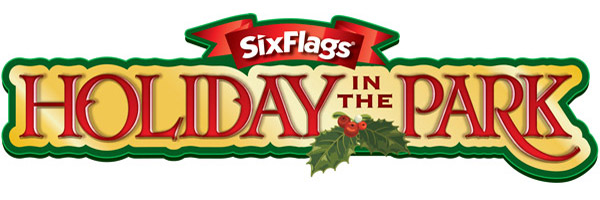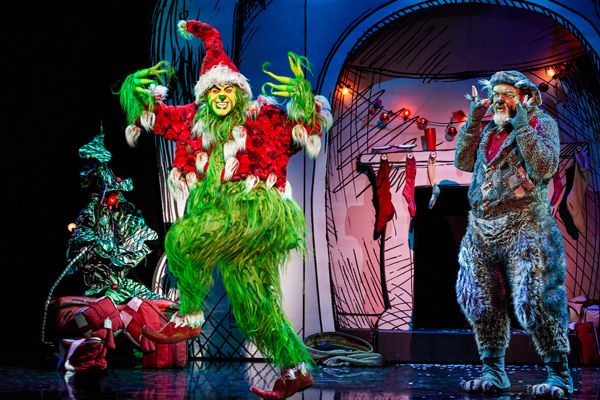By Ilene Dube, JerseyArts.com
originally published: 05/01/2021
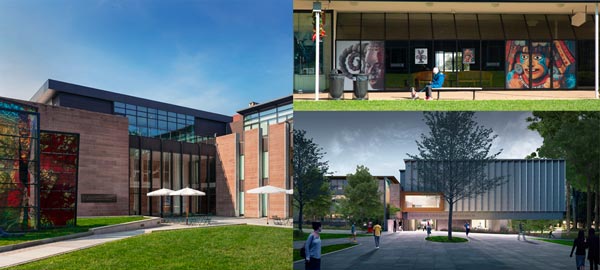
When museums that closed their doors during the pandemic re-open, the Princeton University Art Museum will not be among them. In 2018, the thriving institution announced that Ghanaian-British architect Sir David Adjaye, in collaboration with executive architects Cooper Robertson, would be designing “a bold and welcoming new museum.”
Adjaye is best known for his design of the National Museum of African American History in Washington, D.C. Its opening in 2016 was hailed “cultural event of the year” by The New York Times. The following year, Adjaye was knighted by Queen Elizabeth II and was recognized as one of the 100 most influential people of the year by Time magazine.
To accommodate Princeton University’s growing collection, the original 1890 structure had been added on to over the years.
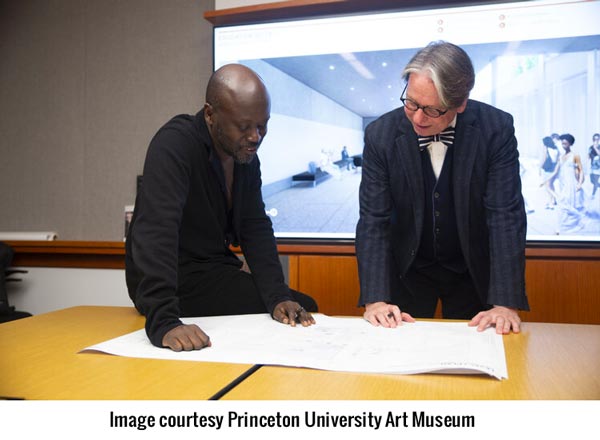
“The museum served us well, but some areas do not cater to our collection or our teaching mission and we want to update the amenities,” said the museum’s Director for Collections and Exhibitions Chris Newth during a recent online program “Moving an Art Museum.”
The new facility, built on the existing footprint, will double the space for exhibitions, conservation, study, and interpretation of the collections, serving as a hub and a gathering place. Made up of seven interlocking pavilions, the new building promises to challenge the hierarchies associated with grouping objects by geography and chronology. Surrounded by art walks, terraces, and performance spaces, it will become an edifice with “all fronts and no backs.”
In its previous home, the museum was only able to showcase 2% of its collection, topping 100,000 objects, at a given time. The new design, expected to open in late 2024, will offer visible storage.
While it was initially anticipated that the museum would have to close its doors for two to three years during construction, the pandemic-related closure added a year to that. The good news is that the museum was able to get a jump-start on the move.
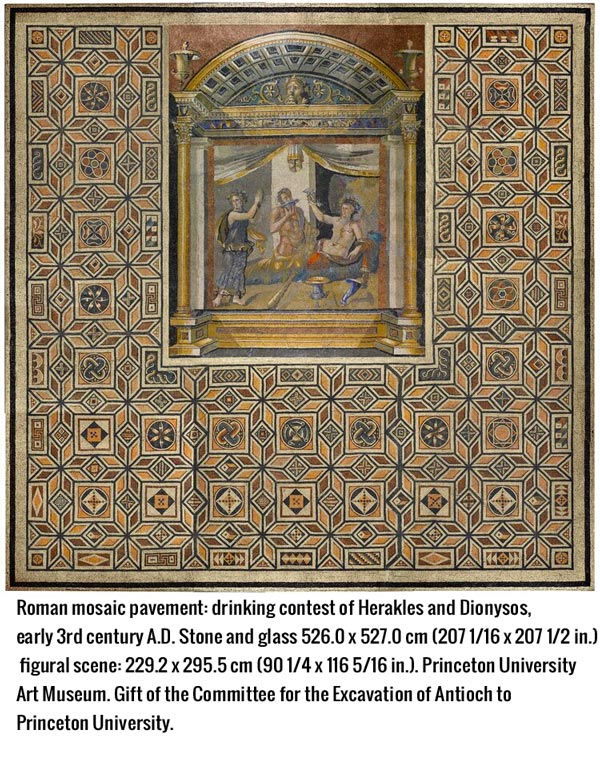
With so many works of art hanging on walls or in display cases, from antiquity to contemporary art, the move has taken immense planning and coordination. The graceful white George Segal circus acrobats that had been suspended in the building’s entryway have been crated and put into storage, as has the brothers Doug and Mike Starn’s “(Any) Body Oddly Propped,” a series of towering stained glass works interacting with nature at the front of the museum.
Other works, such as a Venetian doorway by Pietro Lombardo and the mosaics from Antioch excavated during a 1932 expedition, are embedded into the floors and walls, and were never intended to be moved.
“It was almost like a second archaeological dig to figure out how these were put in,” said Chief Conservator Bart Devolder during the recent online program.
Re-installing presents a “moment to think about what people who come after us might do,” he said. One option might be based on a practice at the Acropolis Museum in Athens, in which mosaics are shown under a glass floor visitors walk can walk over.
It took a village-worth of consultants and conservators to advise on the stabilization, safe removal, crating, and future treatment. The safety of people working in the vicinity remains a priority, and security personnel are an essential part of the team.
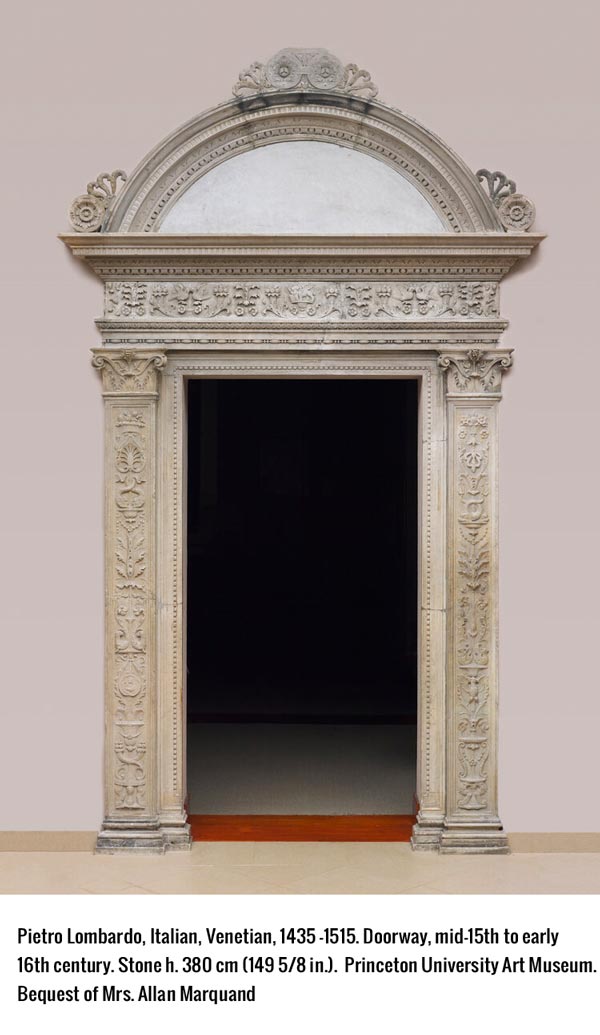
Everything had to be carefully documented, as records are invaluable to the successful re-installation. De-installation also presents an opportunity to make repairs or give specific conservation attention to pieces.
The project is on schedule. “We hope to complete the evacuation by May and hand the building over to the contractors in early June,” says Executive Director James Steward.
The contractors’ first task will be to mitigate asbestos, added in the 1960s, followed by demolition.
For years, Steward has been exploring ways to keep the museum’s presence alive during its closure. When the pandemic hit, the museum, which had already been thinking about how to operate remotely, was able to quickly pivot to virtual programming. “We had a robust series of in-person programs we switched to a virtual format,” he says.
The university will resume in-person classes in fall, and “with presumed in-person programming, we will build on what we learned and do blended programming,” says Steward. “We’re not going to put that genie back in the bottle.”
Virtual programming and online exhibitions have enabled participants from 44 countries to attend. A free weekly art making class, in collaboration with the Arts Council of Princeton, draws 900 participants a week, and the online unveiling of the Adjaye design in September 2020 brought 7,000 participants.
Museum membership has quintupled, thanks to it now being offered for free. “This enabled us to develop more robust ways of contacting people and the ability to communicate with many more households,” says Steward.
Even though programming is free, “we have to continue showing value. People have competition for their time, there’s fatigue with the number of emails in their in box. Like everyone, I’ve been worried about a certain amount of fatigue, but, a year plus into this, we attracted 1,300 participants to a recent conversation with [artist] Glenn Ligon and [New Yorker theatre critic] Hilton Als. That tells me we’re still finding resonance with the programs we’re putting forward. We can’t settle into a new normal, but must keep reinventing.
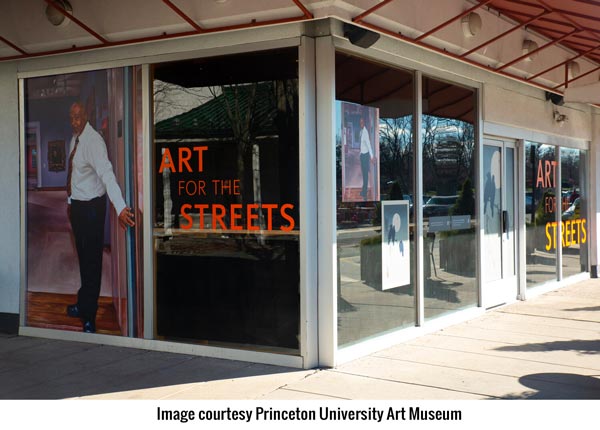
Last year, when businesses in the heart of town began closing spontaneously, the museum partnered with the Princeton Merchants Association and Princeton Shopping Center to create Art for the Streets. Empty storefronts were brought to life with high-quality works from the museum. For example, Mario Moore’s “Center of Creation (Michael),” a 72-by-60 inch, 2019 portrait of one of the museum’s security officers holding open the doors to an elevator – created while Moore was a Hodder Fellow at Princeton – greets visitors in the windows of a former gourmet market.
Each reproduction is accompanied by a QR code linking to additional information. “It’s a way of contributing visual vivacity and refreshment into in everyday lives,” says Steward.
While it may strike one that the museum without walls becomes a museum that doesn’t need walls, “We believe very strongly that the appetite for authentic experience will be greater than before COVID,” says Steward.
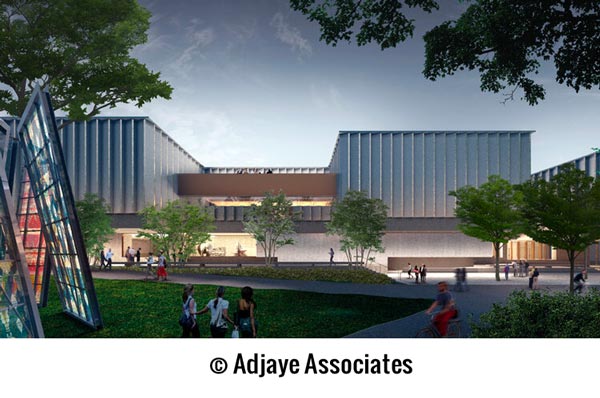
The current crisis has led to a design that includes adaptations to make the facility resilient in the event of future crises. State-of-the-art technologies include multiple circulation patterns in the building so that viewers can move through in a socially distant way. There will be six entryways and exits (the existing building, with only one entry, made it impossible to operate safely during the pandemic). A state-of-the art ventilation system will remove particulate matter at a microscopic level.
In summer, the museum plans to re-open Art@Bainbridge, formerly the headquarters of the Historical Society of Princeton that was converted to gallery space in 2019. The somewhat smallish space is designated for experimentation, creating fresh installations from the collection, and testing ideas on presentation and interpretation.
Plans are in the works for four traveling exhibitions from the collection and will be announced once the ink on the contracts is dry. Additionally, a number of long-term loans are being made to specific museums rather than having the works stored; a stipulation is that the works be on public view.
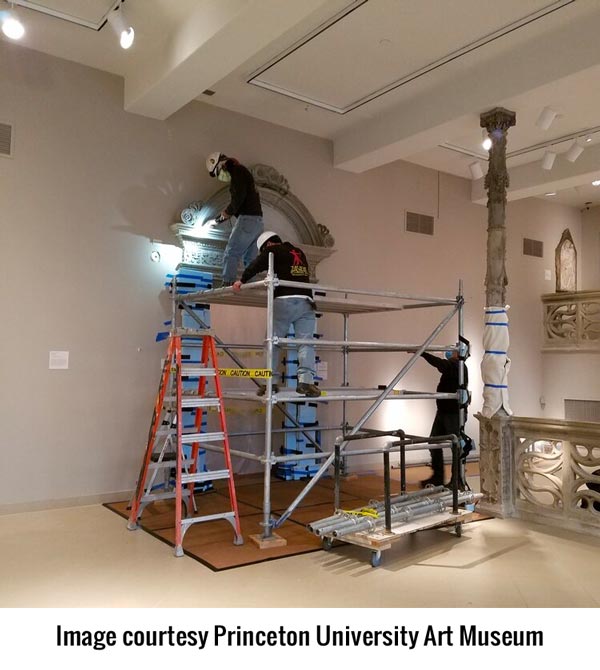
“The biggest issue for us is that we had to bring on a large corpus of additional art handlers and registrars to help us pack up the collections,” says Steward. “These are typically very specialized skill sets. On a typical day for the past six months, some 60 people have been moving objects in the building, including staff, contractors, and consultants.
“Beyond this,” he continues, “unlike so many cultural institutions, we have been able to weather the COVID crisis largely intact. We did have a surplus of security staff, but these were redeployed across the university’s security operation. During the years ahead, we have every expectation of retaining our full staff and will start laying on additional positions as we near reopening and as funds allow in key areas like visitor services, education, and development.”
About the author: Driven by her love of the arts, and how it can make us better human beings, Ilene Dube has written for JerseyArts, Hyperallergic, WHYY Philadelphia, Sculpture Magazine, Princeton Magazine, U.S. 1, Huffington Post, the Princeton Packet, and many others. She has produced short documentaries on the arts of central New Jersey, as well as segments for State of the Arts, and has curated exhibitions at the Trenton City Museum at Ellarslie and Morven Museum in Princeton, among others. Her own artwork has garnered awards in regional exhibitions and her short stories have appeared in dozens of literary journals. A life-long practitioner of plant-based eating, she can be found stocking up on fresh veggies at the West Windsor Farmers Market.
Content provided by
Discover Jersey Arts, a project of the ArtPride New Jersey Foundation and New Jersey State Council on the Arts.
FEATURED EVENTS
Narrow results by date, categories, or region of New Jersey.
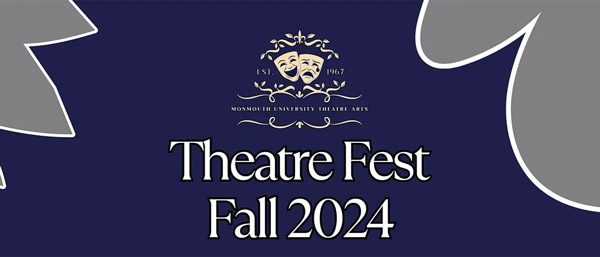
Theatre Fest Fall 2024 – Alpha Psi Omega Presents: To Be or Not to Be: Hamlet, an Abridged Staging
Saturday, November 23, 2024 @ 8:00pm
Monmouth University - Lauren K. Woods Theatre
370 Cedar Avenue, West Long Branch, NJ 07764
category: theatre
View event page for full information
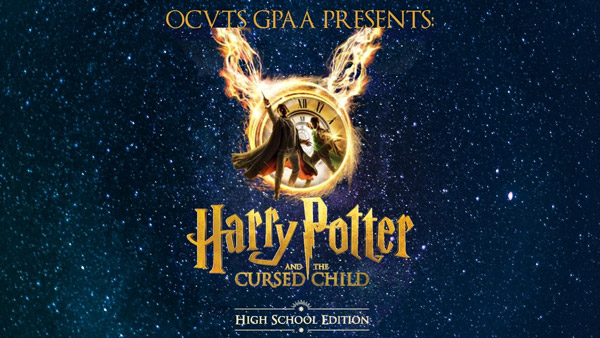
Harry Potter and the Cursed Child (HS Edition)
Saturday, November 23, 2024 @ 7:00pm
Grunin Center
1 College Drive, Toms River, NJ 08754
category: theatre
View event page for full information

Harry Potter and the Cursed Child (HS Edition)
Saturday, November 23, 2024 @ 1:00pm
Grunin Center
1 College Drive, Toms River, NJ 08754
category: theatre
View event page for full information
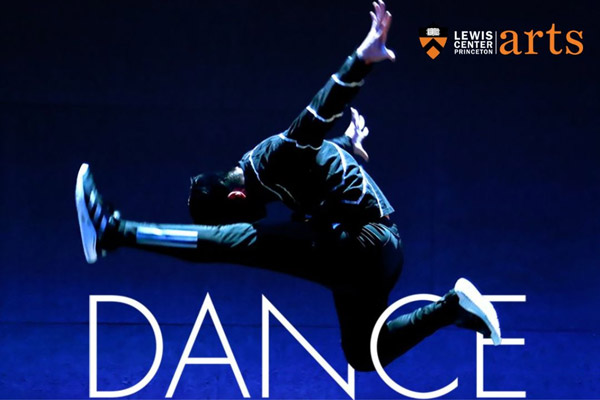
2024 Princeton Dance Festival
Saturday, November 23, 2024 @ 8:00pm
McCarter Theatre Center (Berlind Theatre)
91 University Place, Princeton, NJ 08540
category: dance
View event page for full information

2024 Princeton Dance Festival
Saturday, November 23, 2024 @ 2:00pm
McCarter Theatre Center (Berlind Theatre)
91 University Place, Princeton, NJ 08540
category: dance
View event page for full information
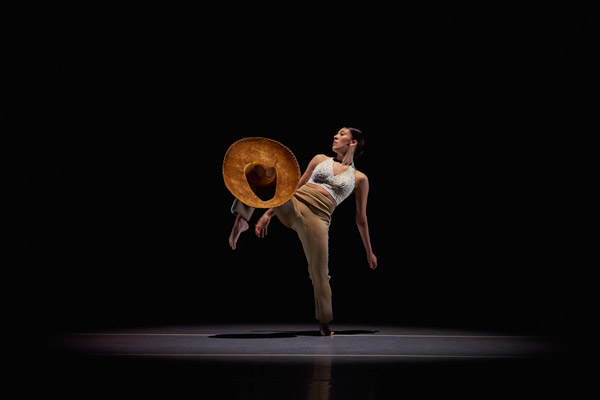
Fall Dance Plus
Saturday, November 23, 2024 @ 7:30pm
New Brunswick Performing Arts Center (NBPAC)
11 Livingston Avenue, New Brunswick, NJ 08901
category: dance
View event page for full information
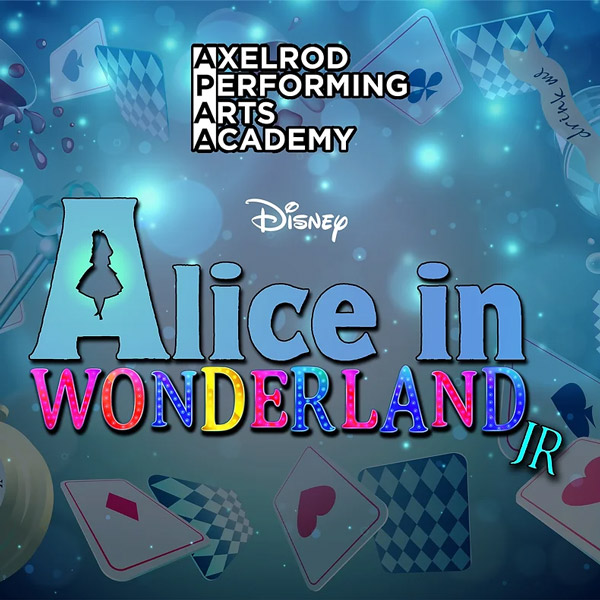
Axelrod Performing Arts Academy presents Disney's "Alice in Wonderland, Jr."
Saturday, November 23, 2024 @ 7:00pm
Bell Theater
101 Crawfords Corner Road, Holmdel, NJ 07733
category: theatre
View event page for full information

Axelrod Performing Arts Academy presents Disney's "Alice in Wonderland, Jr."
Saturday, November 23, 2024 @ 3:00pm
Bell Theater
101 Crawfords Corner Road, Holmdel, NJ 07733
category: theatre
View event page for full information
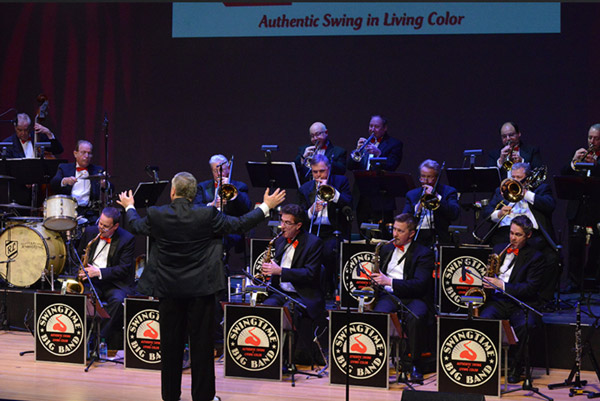
HAPPY FRANKS-GIVING! – Swingtime Big Band Celebrates Sinatra
Saturday, November 23, 2024 @ 8:00pm
Bergen Performing Arts Center (bergenPAC)
30 North Van Brunt Street, Englewood, NJ 07631
category: music
View event page for full information

Elf The Musical
Saturday, November 23, 2024 @ 7:00pm
Count Basie Center for the Arts
99 Monmouth Street, Red Bank, NJ 07701
category: theatre
View event page for full information

Elf The Musical
Saturday, November 23, 2024 @ 1:00pm
Count Basie Center for the Arts
99 Monmouth Street, Red Bank, NJ 07701
category: theatre
View event page for full information
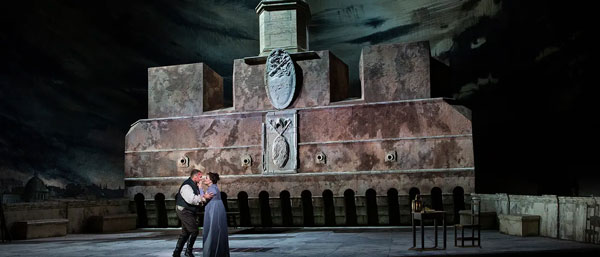
The Metropolitan Opera: Live in HD - Tosca
Saturday, November 23, 2024 @ 1:00pm
Monmouth University - Pollak Theatre
400 Cedar Avenue, West Long Branch, NJ 07764
category: theatre
View event page for full information
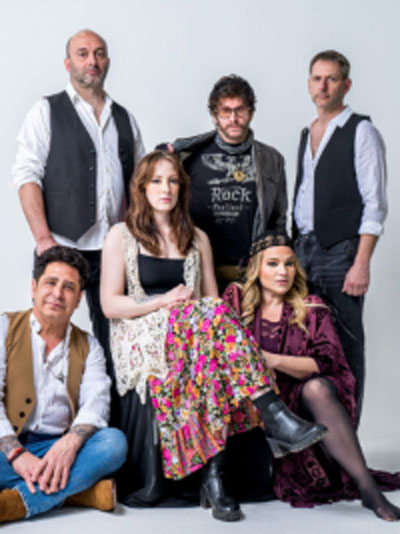
StevieMac: A Fleetwood Mac & Stevie Nicks Experience
Saturday, November 23, 2024 @ 8:00pm
William Paterson University - Shea Center for Performing Arts
300 Pompton Rd, Wayne, NJ 07470
category: music
View event page for full information
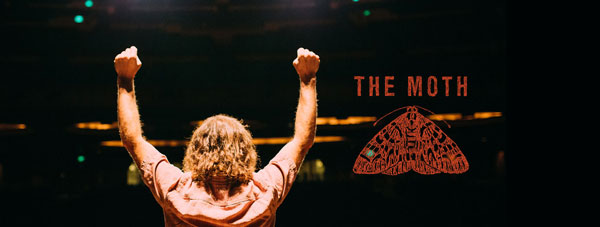
The Moth
Saturday, November 23, 2024 @ 7:30pm
McCarter Theatre Center (Matthews Theater)
91 University Place, Princeton, NJ 08540
category: community
View event page for full information

Dr. Seuss' How The Grinch Stole Christmas! The Musical
Saturday, November 23, 2024 @ 7:30pm
State Theatre New Jersey
15 Livingston Avenue, New Brunswick, NJ 08901
category: theatre
View event page for full information

Dr. Seuss' How The Grinch Stole Christmas! The Musical
Saturday, November 23, 2024 @ 3:00pm
State Theatre New Jersey
15 Livingston Avenue, New Brunswick, NJ 08901
category: theatre
View event page for full information

Dr. Seuss' How The Grinch Stole Christmas! The Musical
Saturday, November 23, 2024 @ 10:30am
State Theatre New Jersey
15 Livingston Avenue, New Brunswick, NJ 08901
category: theatre
View event page for full information
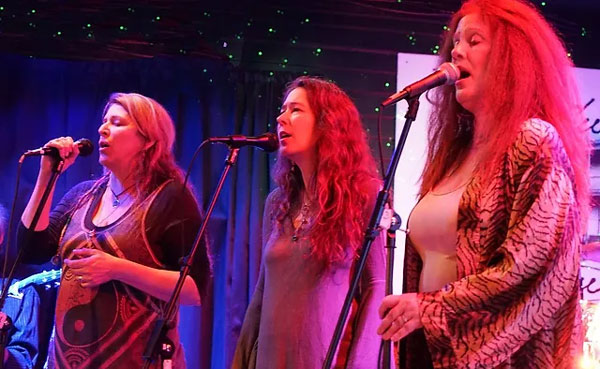
Wooden Ships Band
Saturday, November 23, 2024 @ 7:30pm
Lizzie Rose Music Room
217 E. Main Street, Tuckerton, NJ 08087
category: music
View event page for full information
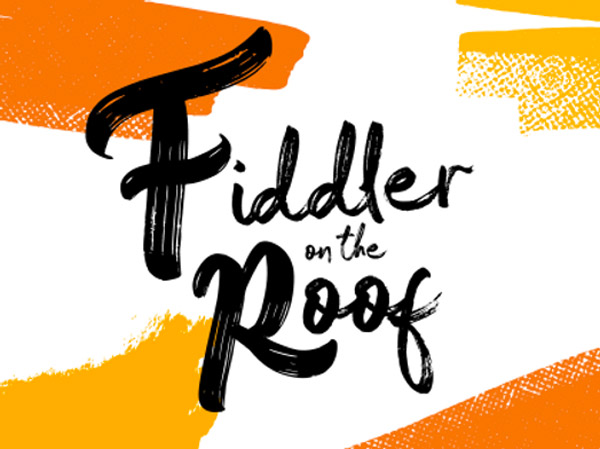
Fiddler On The Roof
Saturday, November 23, 2024 @ 7:30pm
Axelrod Performing Arts Center
100 Grant Avenue, Deal Park, NJ 07723
category: theatre
View event page for full information

Fiddler On The Roof
Saturday, November 23, 2024 @ 1:30pm
Axelrod Performing Arts Center
100 Grant Avenue, Deal Park, NJ 07723
category: theatre
View event page for full information
More events
Event Listings are available for $10 and included with our banner ad packages
EVENT PREVIEWS
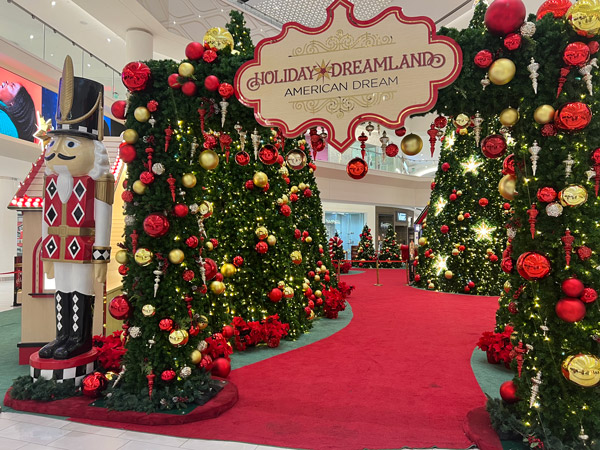
American Dream Announces Holiday Plans
(EAST RUTHERFORD, NJ) -- American Dream invites guests to spend the holidays at the one-of-a-kind center, as it transforms into a winter wonderland showcasing the very best in retail, dining and entertainment. Throughout the season, American Dream will be giving away incredible prizes, creating lasting memories and spreading joy throughout the community.
UPCOMING EVENTS
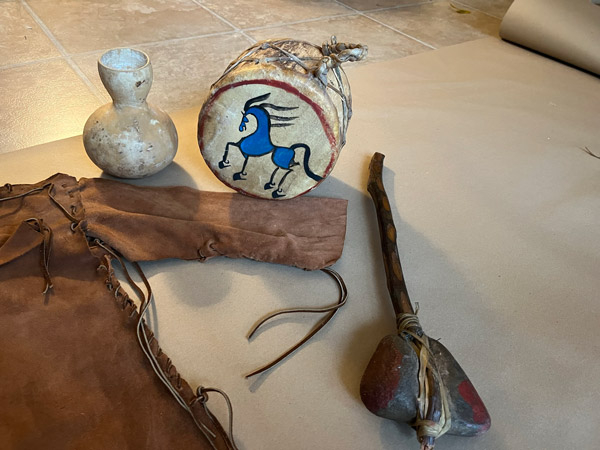
South Jersey's Indigenous Communities Celebrated in New A.C. Arts Garage Exhibit
(ATLANTIC CITY, NJ) -- A new exhibit at the Noyes Arts Garage of Stockton University will celebrate two southern New Jersey tribal communities through the display of historical documents, traditional artifacts and contemporary art. "Still Here: The Nanticoke Lenni-Lenape and Powhatan-Renape Nations of Southern New Jersey" opens October 9 and runs until January 5, 2025.
























